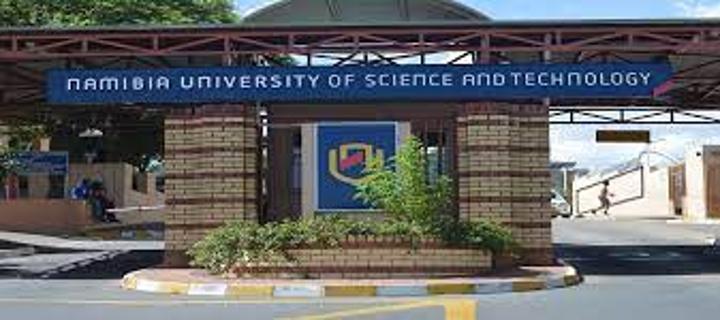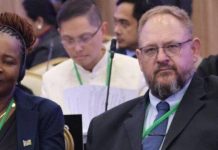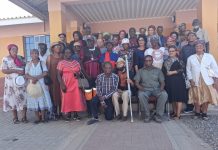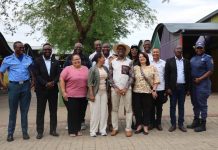Africa-Press – Namibia. PLANS to establish a Namibia University of Science and Technology (Nust) statelite campus at Eenhana in the Ohangwena region are at an advanced stage.
The campus will open its doors in the next academic year with an assortment of programmes, focusing specifically on rural development, natural resources, agriculture, and technical and vocational education. The university plans to use Billy William Mwaningange Rural Development Centre at Eembaxu village as a temporary satellite campus.
Despite the fact that the Ohangwena region is one of the most densely populated regions in Namibia, there are no institutions of higher learning in this part of the country, with the exception of the EenhanaVocational Training Centre.
In a consultative meeting between the Ministry of Urban and Rural Development, the Ohangwena Regional Council, and Nust to discuss the use of the development centre as a temporary satellite campus, minister of urban and rural development Erastus Uutoni said this is a welcoming development.
He said once the campus opens its doors, it will cater for many Namibian students and not only those in the Ohangwena region. “It should not be viewed as an Ohangwena university. It’s not about regionalism, it should be viewed as a university for all – for national and international students,” he said.
The governor of the Ohangwena region, Walde Ndevashiya, who also attended the meeting, said the expression of interest for Nust to use the centre as a temporary satellite campus is a milestone.
“The idea of bringing a tertiary institution to the region is a step in the right direction in speeding up much-needed development in rural areas,” he said.
Nust’s vice chancellor, Erold Naomab, expressed his confidence in the project’s success. He said it would be rolled out in two phases, focusing on programme offerings and infrastructure development. Naomab said Nust is strategically positioned to become a higher education institution of choice in the Ohangwena and surrounding regions.
“Having recognised the challenges that unregulated rural-urban migration causes for urban development, the establishment of the satellite campus can support the development priorities of service expansion to rural areas, and as such reduce the cost of access to higher education for communities.
“It could also have the added benefit of creating employment opportunities,” he said. The campus will allow Nust to drive rural development, and eliminate barriers to higher education, Naomab said.
The satellite campus will host at least 60 tertiary programmes, ranging from certificates to doctoral qualifications and a minimum of 50 short courses over a period of 10 years.
The enrolment number for the study programmes are expected to start with around 1 000 students, and is projected to grow to over 6 000 in 10 years. As for short courses, projections start at 2 000 students in 2022, with the aim to reach over 14 000 by 2031.






